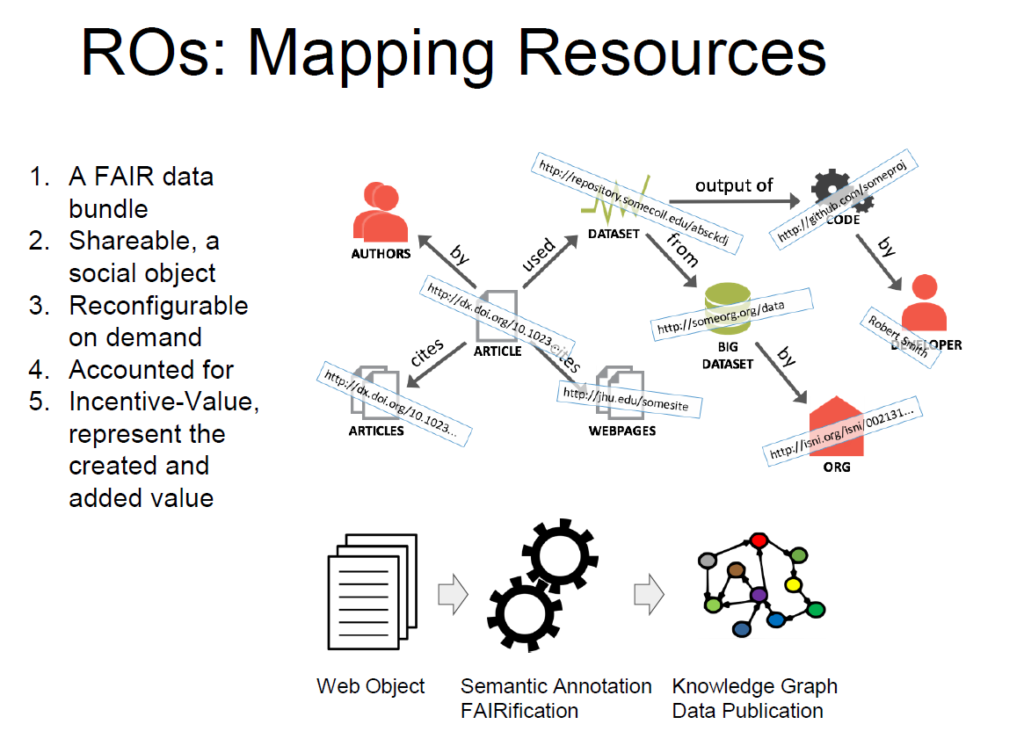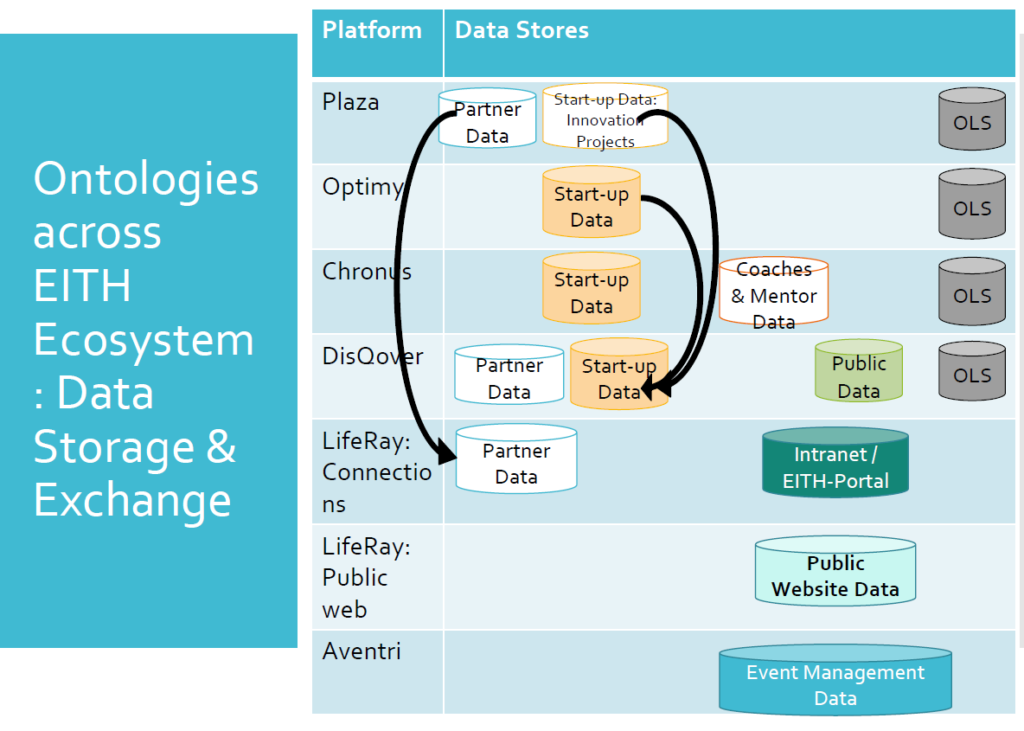Claro is a telecommunication company in Latin-American with a large base of mobile phone users in Colombia (more than 5million). It currently provides a payment app Claro-Pay. The challenge asked participants to develop a proof of concept of an application(s) to be integrated into their app that would consume the API’s currently hosted on their sandbox.
Our team proposed a financial marketplace where institutions and individual investors could create pools of available resources to be lent out at competitive interest rates to individuals with a credit score derived from Claro’s API’s. These microloans would be automatically granted if the applicant fulfilled some requirements. A smart contract within the platform would determine a match between lenders and borrowers.
The solution consisted of two applications: TuCredito (MyCredit) and YoFinancio (MyLoan) which are the two sides of the market.
We are very proud of what we accomplished during the four weeks of the event and we thank the organizers for inviting us to participate.


